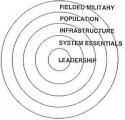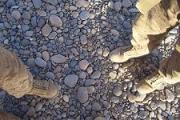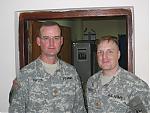Seems to me that we may be tying up the wrong sorts of assets doing some of the missions in SWA. For example, convoy and rear area security are (or used to be) ARTEP common tasks and common soldier skills. It does not take a specialized unit to do them. In fact some CA/CS units, like FA, are (or were once upon a time) probably better at them than other CS/CSS units that have been traditionally associated with such missions. If we have MP units doing rear area security and convoy escort in theater, then that is a huge misuse of their other special expertise. I have no clear current knowledge of how such matters are being handled in theater, but before folks start talking about not having enough of the right kinds of assets, I think how units are currently being employed ought to be reviewed.










 "A Sherman can give you a very nice... edge."- Oddball,
"A Sherman can give you a very nice... edge."- Oddball, 







Bookmarks